ÔÇ£What would you like to be when you grow up?ÔÇØ
WeÔÇÖve all heard this question at some point in our lives - and maybe even dreamt about the answer. Perhaps youÔÇÖre picking your exam subjects with a career in mind, or doing what you enjoy and simply going with the flow. Have you considered delving into the world of fiction, where a myriad of magical jobs exist? Here are five awesome careers from fiction we wish were real.

1. No capes!: Superhero costume designer
Style icon Edna Mode from The Incredibles made super-suits for the global superhero population. She always covered the basics: completely bullet-proof, able to withstand temperatures of over 1000┬░F (537.7┬░C), and machine washable, dahling. But as Edna says, absolutely no capes - they're a super-hazard.
Not only would being a superhero costume designer demand a good eye, but a bespoke hand for each of your super clientele. This isnÔÇÖt so fictional in the real fashion world - designing already involves plenty of science, including psychology and trend analytics, engineering, ergonomics, phisiology and biology, all to suit different bodies with different needs.
Now imagine creating a suit to protect the wearer from every super power imaginable, from laser vision to extreme weather, all while looking fabulous. Hats off to Edna!
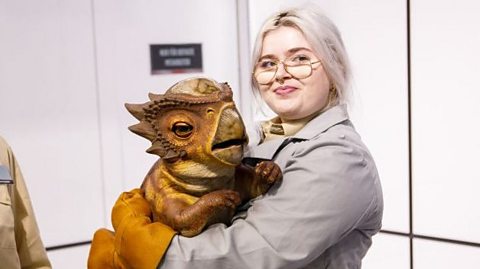
2. A job with bite: Dinosaur park employee
Okay, okay, so it didnÔÇÖt fare well for those in the Jurassic Park book and film franchise - but imagine a conservation zoo for extinct creatures instead, with full safety regulations and ethical animal handling. You could be anything: a researcher, a biomedical scientist, a vet, a zoologist, trainer or a keeper - all for living dinos. And why stop at reptiles? Megafauna and megaflora are an area of research for palaeontologists today, so studying living specimens up close would totally rock.
The next best thing would probably be zookeeping, and zoos can play an important role in conservation. According to the International Union for Conservation of Nature (IUCN), there are 40 listed animal species extinct in the wild - this means they only currently exist in zoos, nature reserves and botanical gardens. This can support efforts to protect endangered species from the issues that lowered their population in the wild, such as poaching and climate change.

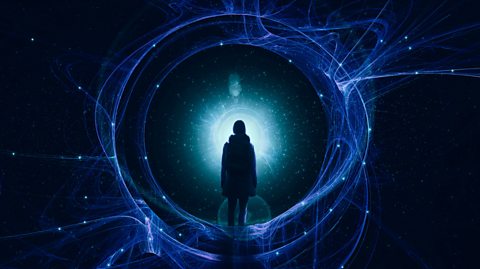
3. When one door closes: Portal engineer
One career path in the Monsters Inc. universe is door design and engineering, in which the monsters create doors to the human world. If as many doors need to be made as there are humans, itÔÇÖs a pretty lucrative career!
A portal by its classic architectural definition is a door, archway, or tunnel entrance, from the Latin ÔÇÿportaÔÇÖ (gate). But portals to other worlds, dimensions or timelines have existed in folklore for millennia. This could be through magic or technology.
One science fiction portal concept is based on a real-life theory: a wormhole (also known as an Einstein-Rosen bridge) is a theoretical ÔÇÿbridgeÔÇÖ through which you could travel to not only a different point in space, but time too. The theory was first proposed by Albert Einstein and Nathan Rosen in 1935, working off EinsteinÔÇÖs 1916 theory of relativity. Mathematically, wormholes are thought to be very unstable and would collapse as soon as they formed, so theyÔÇÖre likely to remain in fiction for now. But, if you've always dreamed of being an architect, good news - people still need a way to walk through walls, so portals are definitely a magic we take for granted.
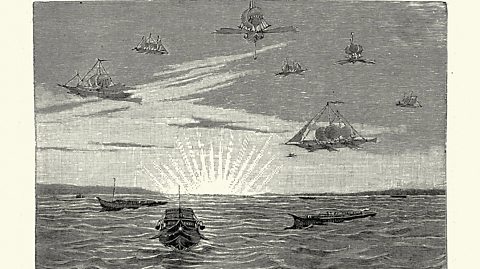
4. The skyÔÇÖs not the limit: Sky captain (and lightning hunter)
The idea of airships can be seen everywhere in the A creative arts movement showing depictions of future technology inspired by technology of the past. and fantasy genres, but a notable example comes from Neil GaimanÔÇÖs 1999 fantasy novel Stardust. When the protagonists Tristran and Yvaine are stranded halfway between Earth and sky, theyÔÇÖre rescued by Captain Johannes Alberic on the Free Ship Perdita. Captain Alberic used his sky vessel to harvest lightning from storms and other valuable resources above the clouds.
It seems humans have dreamed of taking flight since history began, with evidence of the paper aeroplane existing in China over 2000 years ago - long predating the earliest modern flying machines. Renaissance artist and architect Leonardo da Vinci sketched plans for an 'aerial screw', and Victorians designed patents for sea vessels in the sky. Still, the term ÔÇÿairshipÔÇÖ would not exist until the early 20th Century, when modern balloons and blimps became a reality.
In the 2007 film adaptation of Stardust, Captain Alberic was cut in favour of Captain Shakespeare, the sky-pirate with the towering reputation whose crew were hunting lightning to sell on the black market. As for real life, there are luckily many safer ways to take to the skies, from being a pilot to an aircraft engineer.

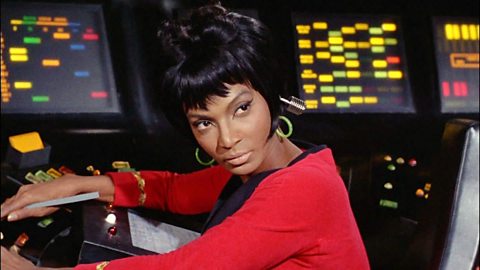
5. Make it so: Spacecraft operative
Blasting from aircrafts onto spacecrafts - and who wouldnÔÇÖt love to jet around whole galaxies like the spaceship crews in Sci-Fi? Beloved TV and film franchises like Star Wars and Star Trek have shown us the fantasy of journeying through the depths of space.
And more than a fantasy, for some it was a dream come true. Nichelle Nichols was the first black woman to play a lead television role as Lieutenant Ayota Uhura in Star Trek, a role which inspired future actor Whoopi Goldberg and future astronaut Mae Jamieson. Uhura was a communications officer, operating between the Starfleet captain and alien ships. NicholsÔÇÖs role was so influential that Dr Martin Luther King praised her as a fan of the show.
Luckily astronaut is a career grounded in reality, and so is building the spacecrafts to make it so.

Dogs with jobs: Four paw-fessions for a humanÔÇÖs best friend
What does the modern working dog do? Here are four awesome paw-fessions suited for the fast and the furriest.

Six long-lost jobs in history
From pea shooting to pin setting, discover six long lost jobs in history.
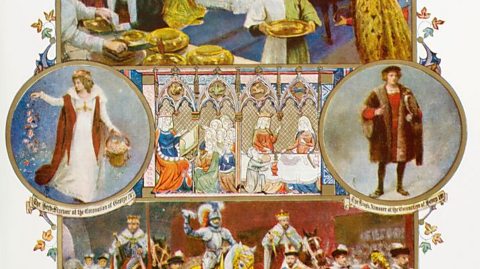
Five things science still can't explain
Yawning, cats purring, and the curious case of the tomato
